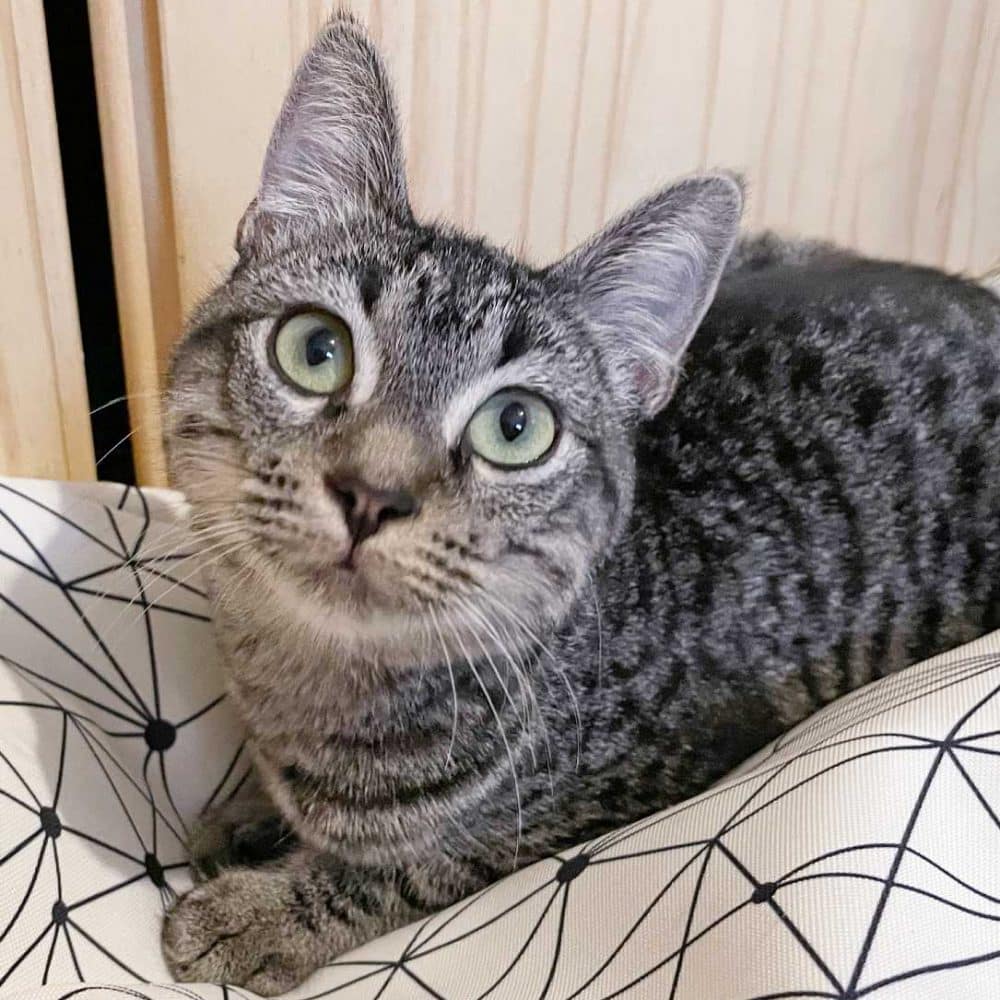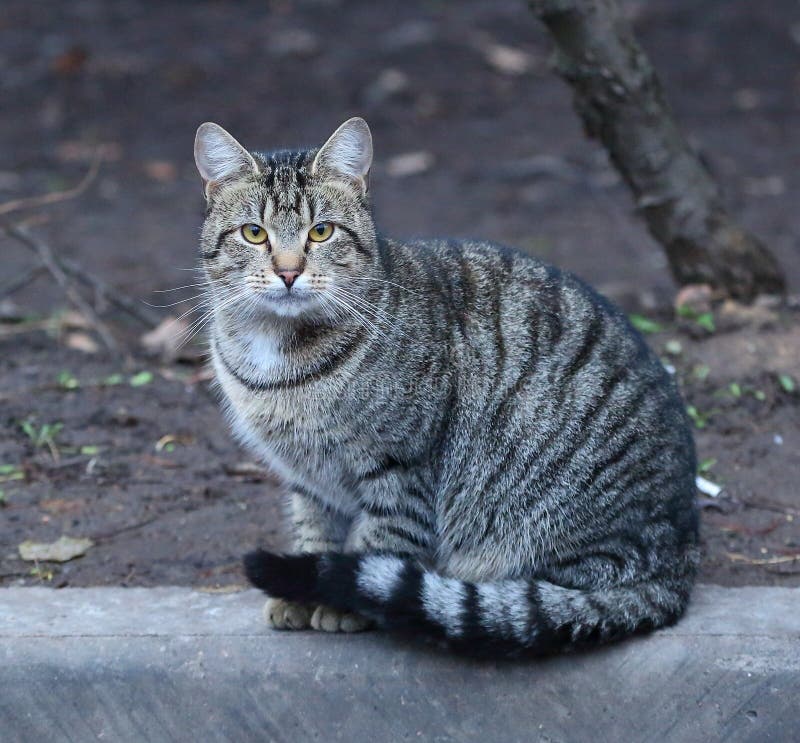

DNA contains the instructions necessary for the cat to develop, survive and reproduce. Genes are contained within the chromosome which is made up of a double-strand helix containing DNA. If an X sperm fertilises the egg, the offspring will be female (XX), if a Y sperm fertilises the egg, the offspring will be male (XY). All of the female cat’s eggs are X, whereas the male sperm can be X or Y. 18 of the chromosomes are autosomes, and one pair is the sex chromosomes X and Y. Basic cat geneticsĬats have 19 chromosomes which come in pairs, one from the mother and one from the father. The basic wild-type tabby is a mackerel ( T m) however, two mutations have arisen, the dominant ticked tabby ( T a) and the recessive classic tabby ( t b). Some young cats with solid coat colours will display faint ghost tabby markings until their fur becomes fully pigmented. Even cats with no tabby stripes have tabby genes but do not show the pattern on the fur. All domestic cats were once tabby, mutations lead to some cats appearing solid, bi-colour or pointed. Tabby patterns are common in random-bred cats as well as many pure breeds.

This is caused by the transient inhibition of pigment production during, the hair’s growth. The banded background (ground colour) consists of hairs that are more than one colour along the hair shaft and is termed agouti. Tabby refers to a coat pattern in cats that consists of dark swirls, stripes, spots superimposed on a lighter background of ticked (banded fur).

What colour is a tabby cat? Tabby occurs in several colours, the most common are brown tabby, silver (grey) and orange tabby.The background hair consists of light and dark bands, intermingled with dark lines, spots or swirls layered on top. What is a tabby cat? Tabby is a coat pattern and not a breed, it consists of four patterns, mackerel, spotted, classic and ticked.


 0 kommentar(er)
0 kommentar(er)
